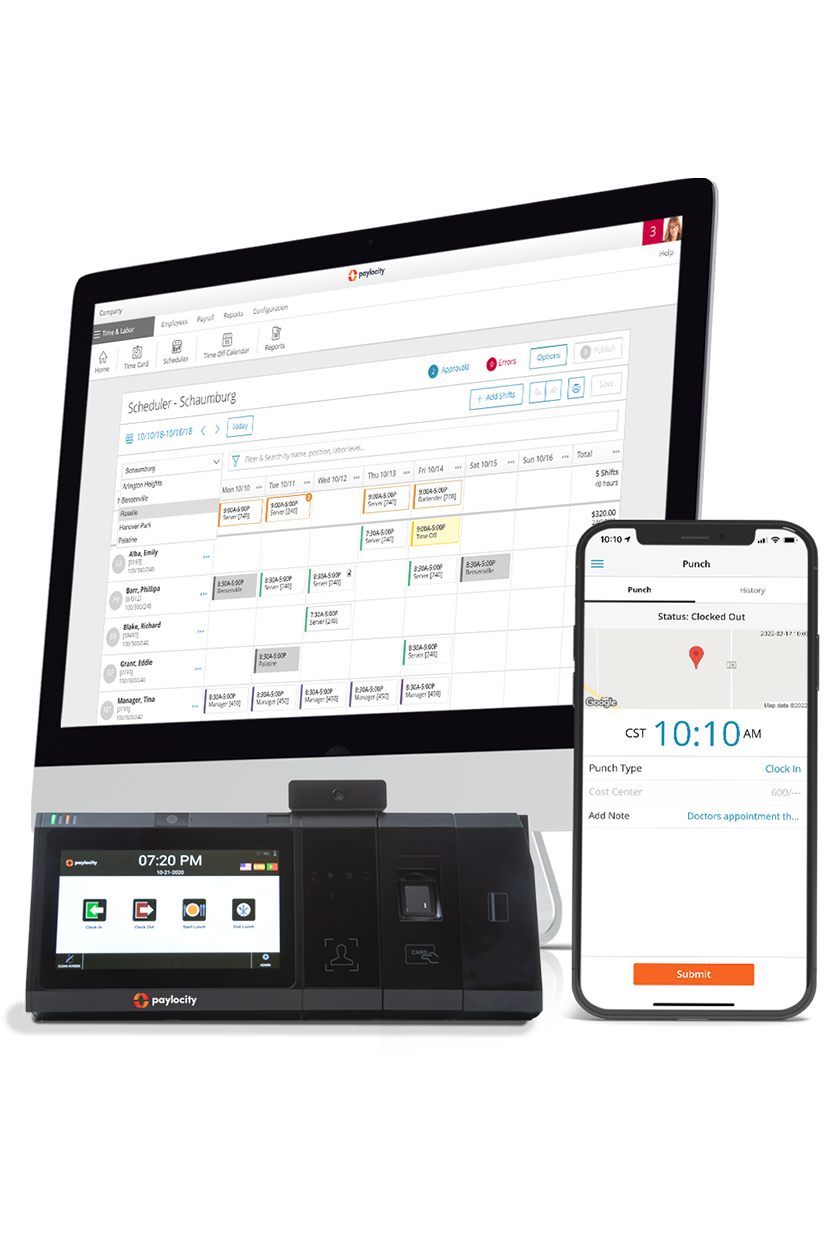Shift Differential
Summary Definition: The extra amount added to an employee’s wages for working outside normal business hours, including nights, weekends, or holidays.
What is Shift Differential?
Shift differential is an extra amount of pay an employee receives for working shifts outside normal business hours. This can include working nights, weekends, or holidays.
Unlike overtime pay, which stacks additional wages on top of an employee’s base pay for working over their assigned hours, a shift differential is simply a larger base pay to compensate the employee for working unusual hours.
Shift differentials are not required by law, but many companies offer them as a way to attract and retain employees who are willing to work less desirable shifts. Shift differential amounts will vary depending on the company, industry, and the type of shift involved.
Key Takeaways
- Shift differential is the extra pay added to an employee’s wages to account for unusual working hours (e.g., nights, weekends, or holidays).
- It is not the same as overtime pay. Overtime pay is extra pay for working extra hours on top of an assigned shift, while shift differentials are extra pay for working assigned hours that occur at unconventional times (e.g., a night shift).
- Shift differentials are not required by law but used to attract workers to fill undesirable shifts.
Why Offer Shift Differentials?
Companies offer shift differentials to attract and retain employees who are willing to work non-standard hours, such as nights, weekends, and holidays. These hours are typically less desirable, so companies offer a premium on top of normal pay as an incentive, which can benefit the company in multiple ways:
- Increased employee satisfaction: Employees who are well-compensated for working undesirable hours are more likely to be satisfied with their jobs — and less likely to leave.
- Improved productivity: Employees who have the freedom to choose shifts that work best for their schedule are more likely to be at their best when they're at work.
- Reduced turnover: All this adds up to reduced turnover, as employees aren't pigeonholed into shifts they don't like. This reduction in turnover can save the company money on recruiting and training costs.
Types of Shift Differentials
There are many different types of shift differential, and the extra amount paid for one varies based on the company, industry, and type of shift.
In general, the more inconvenient the shift, the higher the differential, but a few specific types include:
|
Shift Differential Type |
Description |
|---|---|
|
Night shift differential |
Working overnight hours, typically 10 pm – 6 am |
|
Weekend differential |
Working on weekends, typically Saturday and Sunday |
|
Holiday differential |
Working on a business or national holiday |
|
On-call differential |
Being available to work at a moment's notice |
How to Calculate Shift Differential Pay
Calculating shift differential pay is fairly straightforward. Simply determine the rate of the shift differential and multiply it by the employee’s base pay.
For example, assume an employee’s base pay rate is $15.00 per hour and they’re eligible for a 15% shift differential for working night shifts. For each hour worked during the night shifts, that employee’s pay would be $2.25 higher than when they work normal hours.
Shift Differential Pay Calculation
[Base Pay Rate] × [Shift Differential Rate] = [Shift Differential Pay Per Hour]
Example: $15.00 × 15% = $2.25 extra per hour
Drawbacks of Shift Differentials
While shift differentials can be beneficial to some employees, there are also potential drawbacks employers should consider:
- Perception of Inequality: Shift differentials can create inequities between the employees working different shifts. Employees who work normal business hours may feel like they’re being unfairly compensated when they see their colleagues earning more money.
- Increased Labor Costs: Offering shift differentials can be a huge expense, especially for employers who have many employees working non-traditional hours. This can add up to a considerable cost, especially for companies with a tight budget.
- Scheduling Challenges: Since not all employees may be willing or able to work non-traditional shifts, it can be difficult to find enough workers to cover all shifts. This can result in increased overtime costs, reduced productivity, and even lower-quality work.
- Increased complexity of payroll administration: Shift differentials can also increase the complexity of payroll administration and increases the likelihood of payroll errors. This is because companies need to track which employees are working non-standard hours and how much extra they’re being paid.

More Time, Less Labor = A Better Experience
Say goodbye to manual tasks and hello to efficiency. Empower your employees with intuitive tools to manage their time—view balances, request time off, and get real-time notifications, all from one platform. Supervisors can access 100+ reports, track attendance, and approve requests in seconds. With instant insights at your fingertips, optimizing time and attendance has never been easier.